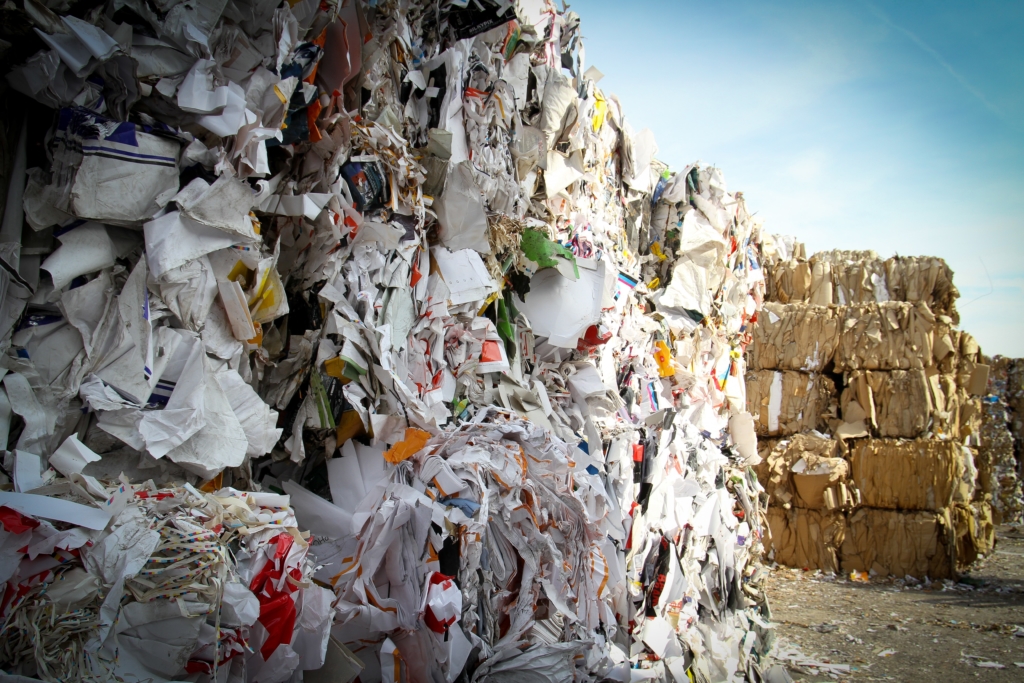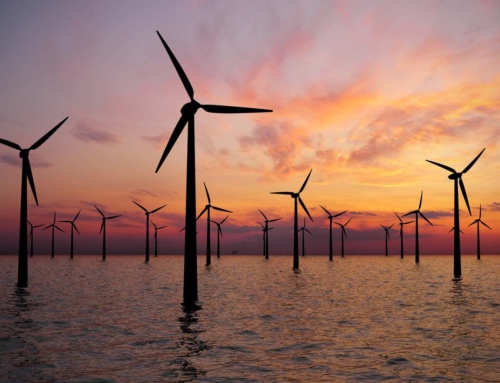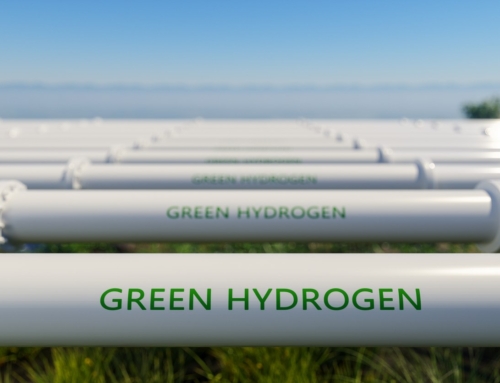We’ve talked about a lot about the different types of renewable energy technologies on our blog, including biomass. Even though it is renewable, there are both benefits and flaws to the process of generating electricity using biomass energy plants. One of the drawbacks to bioenergy is that while it is as a more earth-friendly alternative to coal, producing electricity from biomass still emits pollutants into the air, including carbon dioxide, nitrogen oxides, volatile organic compounds, and more.
Maryland’s Use of Biogas
Biogas, as explained by the United States Energy Information Administration (EIA), is produced from biomass through the process of anaerobic decomposition. Anaerobic bacteria, which are bacteria that live without the presence of free oxygen, occur naturally in soils, in water bodies such as swamps and lakes, and in the digestive tracts of humans and animals. These bacteria eat and break down, or digest, biomass and produce biogas. Biogas is composed mostly of methane and carbon dioxide. Methane is the same compound found in natural gas. The composition of biogas varies anywhere between 40%–60% methane to 60%–40% carbon dioxide. While the climate issues associated with carbon dioxide emissions are commonly known, methane actually causes 72 times more warming than the equivalent amount of carbon dioxide, according to the Environmental and Energy Study Institute In Washington.
That’s why industry experts have started to look at different ways to leverage bioenergy. In Baltimore County Maryland, trash will be used to produce renewable energy by converting the gas created from decomposing waste into electricity, instead of burning the methane off with a landfill flare (as is done traditionally). This is the first major renewable energy venture in Baltimore County’s history. In fact, the two-phased project is expected to generate 13 million kWh, which is enough energy to power 1,600 homes for a year annually during only the first phase. The second phase of the project, which is expected to be completed by year’s end, will another third generator to increase energy production to 20 million kWh annually.
How Baltimore Country is Converting Landfills
Baltimore county entered into this agreement with Energy Power Partners in June to begin generating electricity from the landfill’s methane gas into electricity to power the facility and other small facilities nearby. Based on EPA metrics, Energy Power Partners estimates that the methane emission reductions at the landfill will be the equivalent of reducing gasoline consumption by a million gallons, the removal of 2,000 cars from the road, or planting 12,300 acres of forest. The methane capture generators at the landfill will prevent the equivalent of 10,400 tons of carbon dioxide emissions each year, as per Baltimore County.
This project is a great demonstration of steps the state of Maryland is taking in order to create a more sustainable planet. Currently, Maryland consumes over five times as much energy as it produces, and its economy ranks among the 10 least energy-intensive among the states. The transportation, commercial, and residential sectors each consume about 30% of the energy used in Maryland, and the industrial sector consumes nearly 10%. In 2018, biomass was used to generate about one-tenth of Maryland’s renewable electricity in at facilities that use landfill gas, municipal solid waste, and wood, and wood waste. Today, there are quite a few small landfill gas-to-energy facilities in cities around the state, but Maryland’s largest biomass electricity-generating capacity, which accounts for 80% of the state’s total biomass capacity, is found at two facilities that use municipal solid waste: one in Montgomery County in the suburbs of Washington, DC, and the other in Baltimore.
While we biomass is not a perfect energy source, Baltimore County is certainly taking an innovative approach on how it will leverage landfill waste. If you’re interested in other innovative energy solutions and live in Maryland, New Jersey, or Pennsylvania, be sure to contact Spring Power & Gas for more information about how you can help create a more sustainable future.





